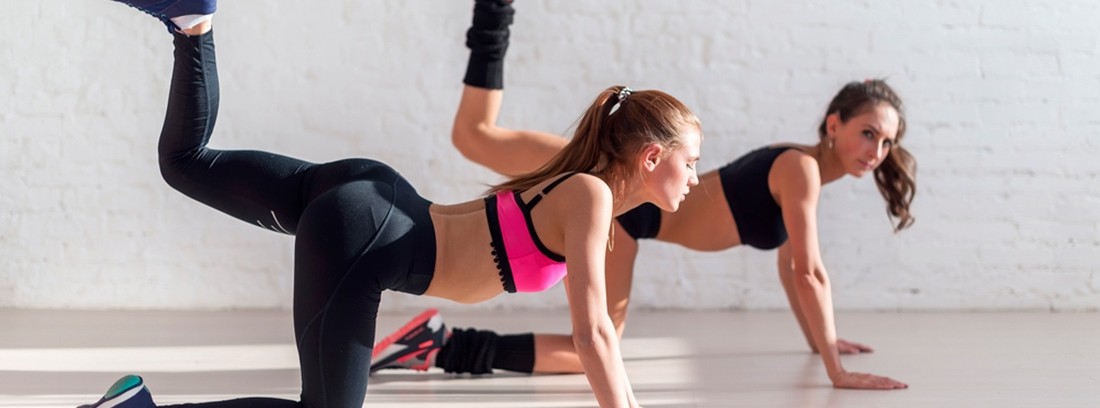Recommended exercise for the legs

The answer is that physical activity is very positive for many of our organs and systems, including the circulatory system. It is a very healthy way to promote venous return and also, obviously, sedentary lifestyle is reduced, which does not contribute at all to improve the passage of blood through the blood vessels.
Varicose veins
In general, when we refer to we think of those that are located in the extremities and that are usually the most frequent but can also be located in other areas of the body, such as the esophagus. The sex most commonly affected by this pathology is female, which is due, above all, to the fact that female hormones cause a weakness of the wall and encourage it to dilate and lose its functionality.
What happens is that the blood, which initially must return to the heart through the venous system, remains stagnant due to a malfunction of the valves that the veins have to prevent reflux. When this happens, the accumulation of blood causes the vessels to lose their shape, dilating and even adapting to wavy shapes and generating. But not only the valves help the blood flow towards it, but the muscles exert a massage that helps the return and that movement is what we seek with physical activity.
What exercise to choose
The type of physical activity or exercise recommended is varied. It allows you to choose from a multitude of activities but there are associated factors that can limit which will be finally suggested, such as the existence of overweight or other associated pathologies.
The most recommended
All those that contribute to the venous return to be carried out properly and that, thanks to the movement of the muscles, stimulate circulation. Walking, cycling, yoga ... And especially those exercises that are performed in the water such as swimming or aquagym. The water exerts an ideal massage effect for the legs, although care must be taken with the temperature since it must be between warm and cold so that it adds a vasoconstricting action. If we have the possibility, it is perfect to walk along the seashore and let the waves caress your legs.
The least recommended
Anyway, it can be said that those activities that imply impact or repetitive jumps They could be discouraged because they could end up affecting the correct operation of the valves that already have their faculties diminished. These could include basketball, or aerobics that is practiced in the gym.
Sports that involve contact are also not recommended due to the greater ease of increased vessel breakage and the consequent bleeding, such as some martial arts disciplines or kickboxing. Perhaps to a lesser extent, since they are sports with a smaller number of practitioners, those that carry a pressure on the legs / thighs such as horseback riding or motorcycling would not be on the recommended list.
- Physical activity is very positive for stimulating the circulation of the legs, as long as it does not imply impact, jumps, a lot of contact ...
- Walking, swimming, cycling ... contribute to the proper functioning of the venous return and therefore stimulate circulation.
- If you have any doubts before doing a sport, it is good to have medical advice.
Before engaging in a specific sport or physical activity, and especially in the case of circulatory disorders, the recommendation of a specialist is essential. includes an exclusive 24-hour Medical Guidance service for any query you want to make on health issues.
(Updated at Apr 14 / 2024)